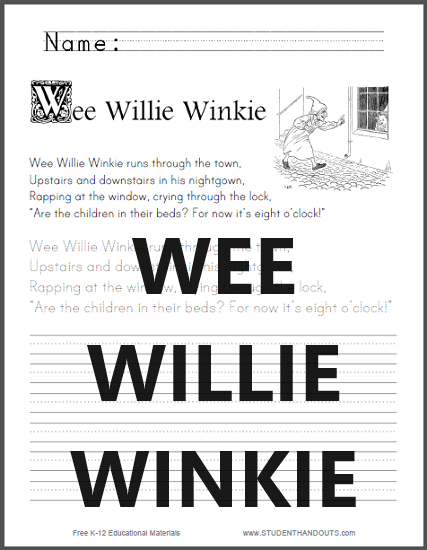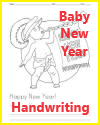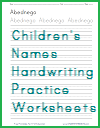| "Wee Willie Winkie" Worksheet |
|---|
| www.studenthandouts.com ↣ Printable Texts ↣ Nursery Rhyme Worksheets |
| Wee Willie Winkie runs through the town, Upstairs and downstairs in his nightgown, Rapping at the window, crying through the lock, "Are the children in their beds? For now it's eight o'clock!" |
 |  |
| Click here to print this worksheet. Children read and recite the nursery rhyme, trace it, and copy it. Kids already know this classic rhyme, or quickly learn it. This makes the reading, writing, and spelling practice much more effective. Once they've finished, they can even color the picture. The nursery rhyme "Wee Willie Winkie" offers several educational and developmental benefits to children. Language Development: Nursery rhymes introduce children to new words, phrases, and linguistic patterns. Reciting and singing rhymes helps expand vocabulary and improve language skills. Rhythm and Rhyme: The rhyme's repetitive and rhythmic nature enhances phonemic awareness, an essential pre-literacy skill. It helps children recognize and distinguish sounds in words. Listening Skills: Listening to nursery rhymes encourages active listening. Children must pay attention to the words and their order, which promotes auditory processing skills. Memory Building: Memorizing and reciting nursery rhymes helps children develop memory skills. They learn to remember sequences of words and actions. Imagination and Creativity: "Wee Willie Winkie" features imaginative elements like a nightclothes-wearing figure who checks on sleeping children. It sparks creativity and imaginative play. Routine and Bedtime: The rhyme's theme of a bedtime routine is relatable to children. It can be used to establish a calming bedtime routine and signal the end of the day. Social Interaction: Reciting or singing nursery rhymes often involves social interaction between children and caregivers, teachers, or peers. It fosters social bonds and communication skills. Cultural Awareness: Nursery rhymes are often part of cultural heritage and tradition. Learning them connects children to their cultural roots and shared experiences. Emotional Expression: Some nursery rhymes, including "Wee Willie Winkie," convey emotions or moods. Discussing the feelings of characters in rhymes can help children express and understand their own emotions. Visual and Motor Skills: Teachers and parents can use visual aids or actions to accompany the rhyme. This engages visual and motor skills as children watch and mimic movements. Transition Tool: In educational settings, nursery rhymes like "Wee Willie Winkie" can be used as transition tools between activities or routines. Parent-Child Bonding: Reciting or singing nursery rhymes with parents or caregivers strengthens the parent-child bond and creates positive, shared experiences. Historical and Cultural Context: Some nursery rhymes have historical or cultural significance. Exploring the origins or meanings of rhymes can provide context and broaden children's understanding of the world. Overall, nursery rhymes like "Wee Willie Winkie" serve as valuable tools for early childhood education and development. They promote language skills, cognitive development, creativity, and social interaction while providing enjoyment and cultural connection for young children. |
| www.studenthandouts.com ↣ Printable Texts ↣ Nursery Rhyme Worksheets |











